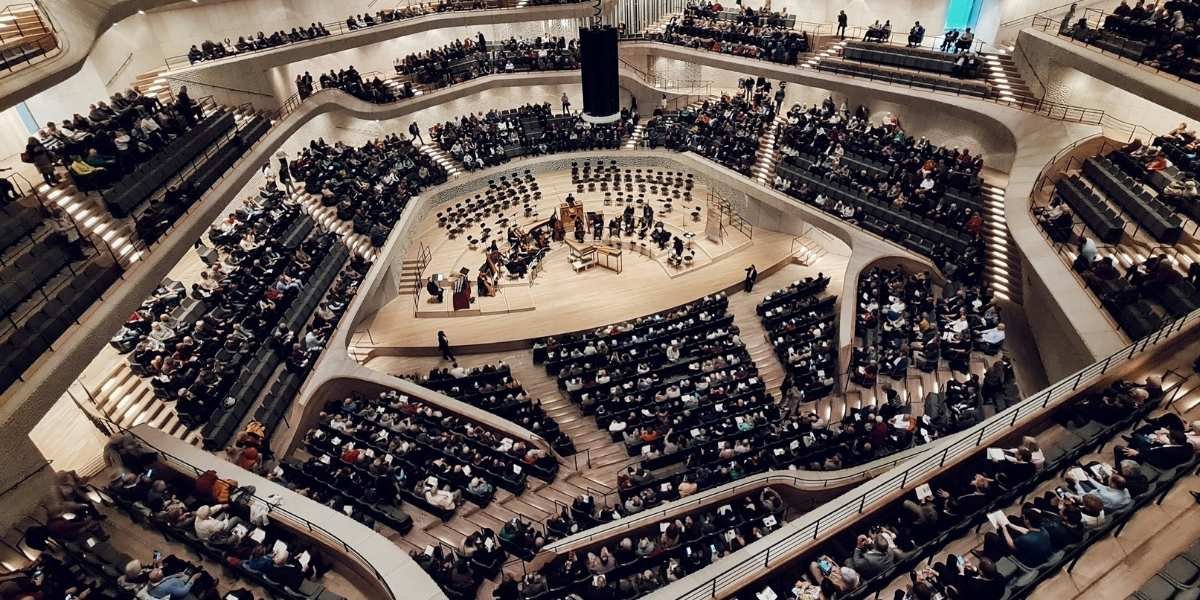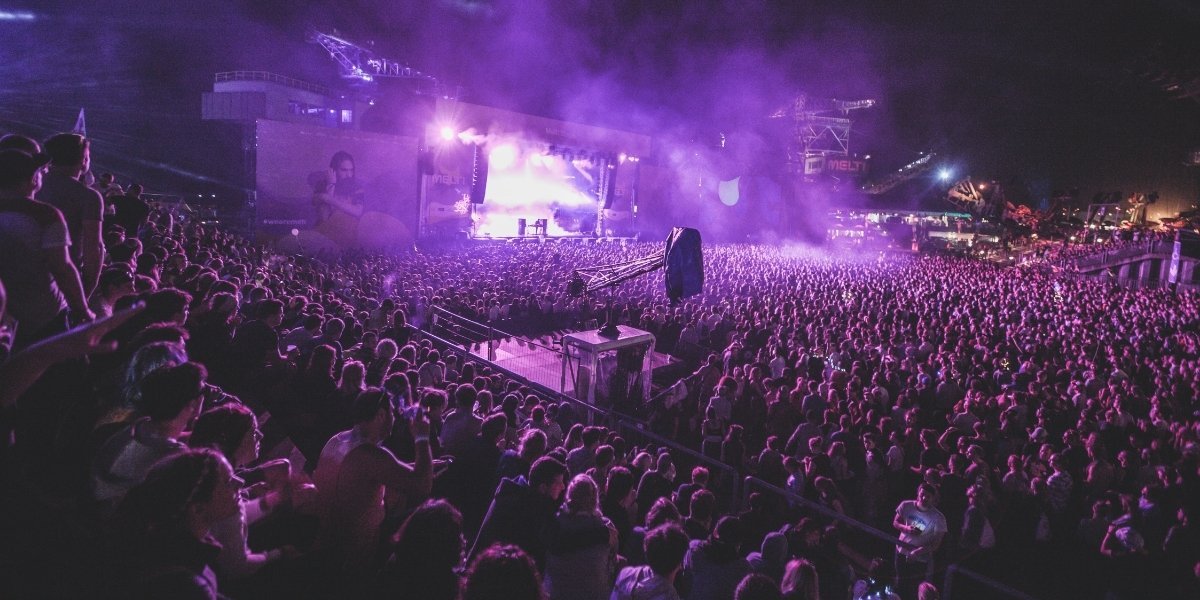The advent of augmented reality (AR) is revolutionizing the concert experience, offering artists new creative avenues and audiences a more immersive and interactive way to engage with live music. As AR technology continues to advance, its integration into live performances is becoming increasingly popular, transforming how artists connect with their fans and how audiences experience music. Here’s a look at how AR is shaping the future of concerts and the opportunities and challenges it presents.
Technological Advancements in AR
AR Integration in Concerts
AR technology allows artists to overlay digital elements onto the physical stage, creating visually stunning and immersive concert experiences that were previously unimaginable. By integrating AR into their performances, artists can enhance the visual appeal of their shows with dynamic backgrounds, holographic displays, and virtual avatars that interact with live performers. This technology is pushing the boundaries of what’s possible in live music, offering audiences a new way to experience their favorite artists.
Interactive Visuals and Effects
One of the most exciting aspects of AR in concerts is the ability to create real-time interactive visuals. These visuals can respond to the music and audience engagement, making each performance unique and personalized. For example, AR can be used to project holographic images that move in sync with the music, or to create virtual environments that transport the audience to different worlds during a live show.
Enhanced Audience Engagement
Immersive Audience Experience
AR concerts offer a more immersive experience for audiences by allowing them to interact with virtual elements using smartphones or AR glasses. This technology creates a personalized concert experience where fans can engage with the performance in ways that go beyond simply watching from the audience. For instance, fans might be able to use their devices to manipulate the visual effects on stage, making them feel like an integral part of the show.
Real-Time Interaction
Through AR, audiences can influence the visuals and effects during a live performance, creating a two-way interaction between the artist and the audience. This real-time interaction adds a new layer of excitement and engagement to concerts, as fans can see their input reflected in the performance instantly. This level of interactivity is particularly appealing in an era where audiences are looking for more than just a passive viewing experience.
Accessibility and Inclusivity
AR concerts also have the potential to be more accessible and inclusive, allowing fans who cannot physically attend a show to experience it virtually with AR enhancements. This technology can bring the concert experience to a global audience, breaking down geographical barriers and making live music more accessible to everyone.
Creative Possibilities for Artists
Expanding Artistic Expression
For artists, AR technology opens up new creative possibilities. It allows them to incorporate virtual elements into their performances, enabling them to expand their artistic expression beyond the limits of a physical stage. With AR, artists can experiment with surreal and fantastical visuals that enhance the narrative and emotional impact of their music. This creative freedom is particularly appealing for artists who want to push the boundaries of traditional concert experiences.
Collaborative Opportunities
The integration of AR in concerts also presents opportunities for collaboration with visual artists, game designers, and technologists. These collaborations can result in unique concert experiences that blend music with cutting-edge technology and visual art. By working together, artists and technologists can create performances that are not only musically engaging but also visually captivating.
Customization for Different Venues
AR allows artists to customize their performances for different venues, ensuring that each show offers a unique experience tailored to the space and audience. This customization can include everything from adjusting the scale and placement of AR elements to designing entirely new visual effects for specific locations. This flexibility makes it possible for artists to deliver a fresh and exciting performance at every stop on their tour.
Challenges and Considerations
Technical and Logistical Challenges
While AR offers many exciting possibilities, implementing it in live performances comes with technical and logistical challenges. Ensuring that AR elements are seamlessly integrated with live music and maintaining the quality of the performance can be difficult and requires significant technical expertise and resources. These challenges can be a barrier for some artists, particularly those who are not as tech-savvy or who do not have access to the necessary resources.
Cost Implications
The cost of developing and implementing AR technology in concerts can be high, potentially limiting its use to larger artists and events with substantial budgets. Smaller artists may find it difficult to afford the technology and expertise needed to create an AR-enhanced concert experience. As a result, the use of AR in concerts may remain the domain of big-name artists and major events for the time being.
Audience Reception and Adaptation
While AR offers exciting new possibilities for live music, there is a learning curve for both artists and audiences in adapting to this new form of concert experience. Some fans may be hesitant to embrace AR-enhanced performances, preferring the traditional concert experience. Artists and promoters will need to consider how to introduce AR in a way that enhances the concert experience without alienating fans who are more comfortable with traditional shows.
Future Trends and Prospects
Wider Adoption of AR in Live Music
As AR technology becomes more advanced and affordable, it is expected to be more widely adopted in live music performances across various genres. The growing popularity of AR in concerts could lead to a future where AR-enhanced performances become a standard part of the live music experience. This wider adoption will likely bring even more innovation to the concert industry, as artists experiment with new ways to engage and entertain their audiences.
Integration with Other Technologies
The future of AR concerts may see integration with other emerging technologies like virtual reality (VR), 3D audio, and spatial sound. These technologies can further enhance the live music experience by creating even more immersive and interactive environments for audiences. The combination of AR, VR, and advanced audio technologies could redefine what it means to attend a concert, offering fans an experience that is truly out of this world.
Global Reach and Virtual Concerts
AR could also play a significant role in the future of virtual concerts, enabling artists to reach global audiences with highly immersive and interactive experiences. Virtual concerts enhanced with AR could provide fans with a concert experience that rivals in-person shows, making live music more accessible to people around the world. This global reach has the potential to change the concert industry, making it possible for artists to connect with fans in ways that were previously unimaginable.
In conclusion, AR is transforming the concert experience for both artists and audiences, offering new creative possibilities, enhanced engagement, and exciting prospects for the future. As technology continues to advance, the integration of AR into live music is likely to become even more widespread, paving the way for a new era of concert experiences.















